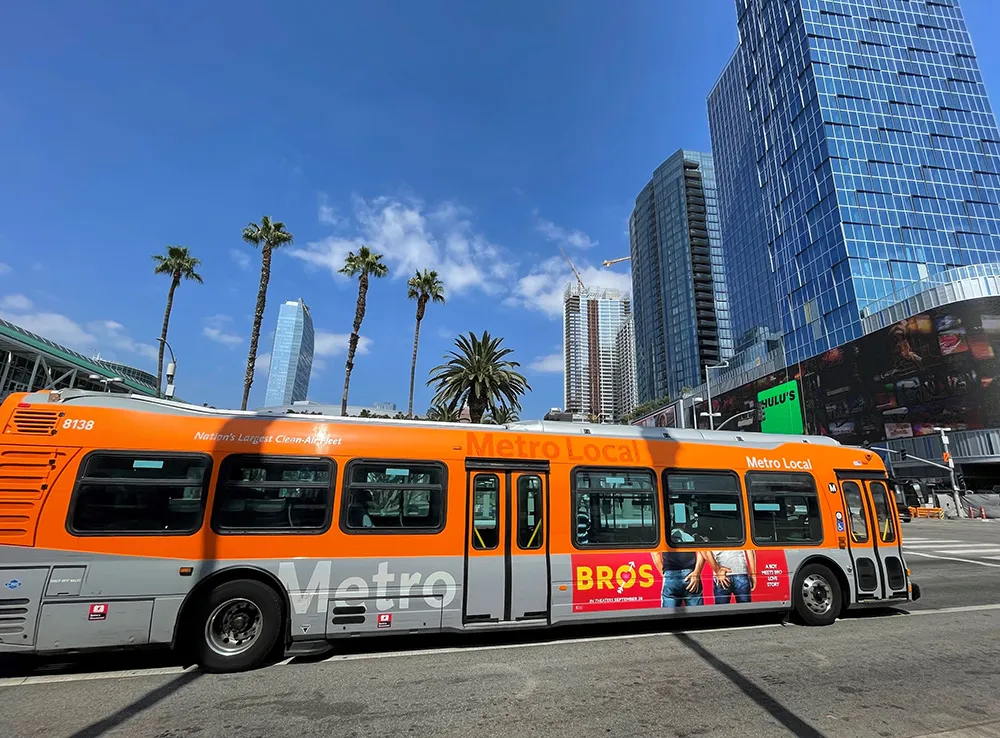
Congestion charging is coming to New York City. The Central Business District Tolling Program means taking your car into Lower Manhattan is not going to be free anymore: if you’re travelling anywhere south of 60th Street (with a few exceptions for through traffic) you will be charged as much as $23 per day. Actually, it’s not happening yet – but a crucial step has been passed.
In May, the Metropolitan Transportation Authority (MTA), New York State Department of Transportation and New York City Department of Transportation released the Final Environmental Assessment for the plan and a draft 'Finding of No Significant Impact', prepared by the Federal Highway Administration (FHWA).
While there may be yawns at this news from other cities round the world, which have had such plans in place for years now, it is a significant move: this would be the first city in the US to take the plunge on congestion charging.
Toll rates
There are still some hoops to jump through: during a process to design, build, test and activate tolling equipment, a six-member Traffic Mobility Review Board (TMRB) is set to develop recommended toll rates along with any potential discounts, crossing credits and/or exemptions. The TMRB recommendation will be presented to the MTA Board acting in its legal capacity as the board of the Triborough Bridge and Tunnel Authority, the MTA agency that would collect the tolls. Following the filing and publication of a proposed tolling structure and a public comment period, the MTA pledges to hold a public hearing before any tolling structure is adopted. The FHWA will make the final decision.
It all points to a process that was mandated by the state in 2019 becoming a reality in the Big Apple sometime in 2024 – probably.
Public transit
Raising funds to invest in public transit – and cutting emissions and congestion – lies at the heart of the scheme. "This is about more than reducing traffic,” insists New York City mayor Eric Adams. “We'll invest in our transit system and clean up the air in the most polluted communities. Building a stronger future means ensuring progress includes everyone, and we don't push consequences into overlooked communities. This plan will serve all New Yorkers and won't leave anyone behind."
Equity is a key focus, with the MTA and two departments of transportation committing $207.5 million over five years for mitigation measures largely focused on ‘environmental justice communities and populations’. This includes $47.5 million set aside for a new low-income discount and $5 million for additional monitoring of traffic, air quality, and transit station elements.
Unsurprisingly, there are a number of other pressing claims for the money which has yet to be raised: for example, truck and bus electrification.
For Elizabeth Adams, Transportation Alternatives deputy executive director for public affairs: “Congestion pricing is a win for everyone — regardless of if you walk, bike, take transit, or even drive into the Central Business District.”
She paints a primarily green picture of the future. “With the go-ahead from the federal government, it's time for New York State to implement congestion pricing without delay and take steps today to permanently reclaim that space from cars. Without so much congestion of our street space, we can build streets that truly serve the people of New York City — with more green space, better transit, and cleaner air."
Congestion pricing
Riders Alliance executive director Betsy Plum sees this as the green light for subway signal upgrades, new rolling stock and station improvements such as elevators. “Congestion pricing will also cut the gridlock that wastes an estimated $20 billion annually that families absorb in more expensive goods and services and that slows our buses down to a crawl,” she adds.
And the fact that there have been bumps along the way is not lost on Plum, who concludes: “After years of delays, which transit riders are all too familiar with, the federal government has at last decided that millions of New Yorkers, commuters, and visitors to our city can have nice things after all.”








